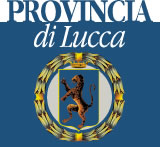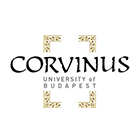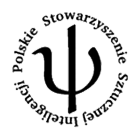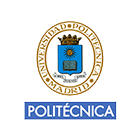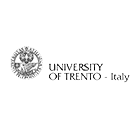Local Information
Lucca is a small medieval town in Tuscany, central Italy. The centre of the old town with its many churches, piazzas, towers and buildings is set within the Renaissance walls dating back to the 16th century. The walls, which in some sections follow the course of the earlier medieval one, are formed of eleven ramparts joined by curtains for four kilometers. On top of the walls there is a promenade which allows tourists and residents to walk or cycle the four kilometer circuit. The rectangular grid of the historical centre preserves the Roman street plan, and Piazza San Michele occupies the site of the ancient forum. You can still see traces of the amphitheatre in Piazza dell'Anfiteatro. Lucca has many old churches: Cathedral of San Martino with the Museum, Church of San Michele, Basilica of San Frediano, Church of San Romano, etc. a few of these are now art galleries. There are also many historical buidings: Palazzo Gunigi with its famous tower with trees on top, Palazzo Pfanner with its marvellous garden that can be seen from the promenade on the walls, Villa Guinigi, a beautiful residence with the National Museum, and Palazzo Mansi with a picture gallery. Lucca was the birthplace of Giacomo Puccini, one of the most important Italian opera composers. You can now visit his home which has been turned into a small museum. The railroad station is just outside the walls. We suggest all walking to enjoy the promenade and to visit the town on foot.
Lucca Surroundings
Lucca is only 60 km from Florence and 20 km from Pisa. It is located on a plain at the foot of the Apuan Alps and is less than half an hour from the Versilia and Tuscan sea coast. Along the road to Garfagnana, the valley that runs along the Apuan Alps, we find pictoresque villages that are perfect starting points for hiking in the mountains (characteristic Devil's bridge, Barga village ). Viareggio is the Versilia's most popular seaside resort with its beautiful beach and avenues lined with palmtrees, oleanders and Mediterranean plants.



